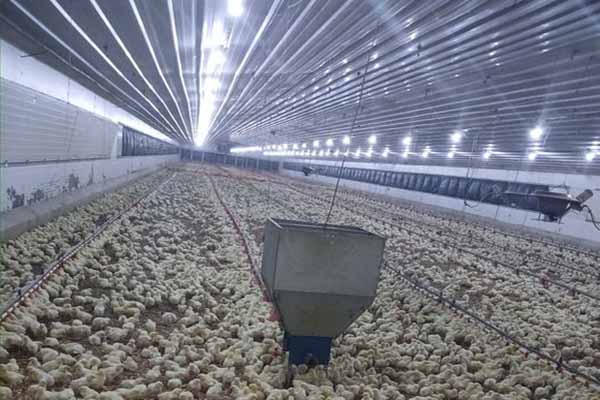Cage Specification for NGOs: A Comprehensive Guide for Poultry Farming
Understanding the Importance of Cage Specifications
Poultry farming is a crucial industry for NGOs, providing food security and employment opportunities. The choice of cage specifications plays a vital role in the health, productivity, and overall success of a poultry farm. This article provides a comprehensive guide to cage specifications for NGOs involved in poultry farming.
Key Factors to Consider When Choosing Cage Specifications
1. Space Requirements: The size of the cage should allow for the comfortable movement of the birds, reducing stress and improving growth rates. On average, a broiler chicken requires about 0.3 to 0.5 square feet of space.
2. Material: Select a durable and hygienic material for the cage, such as galvanized steel or high-density polyethylene (HDPE). These materials are resistant to corrosion and can withstand the harsh conditions of poultry farming.
3. Ventilation: Proper ventilation is essential for maintaining air quality and temperature within the cage. A good cage design should have adjustable vents to regulate airflow.
4. Access: Ensure that the cage design allows for easy access for feeding, watering, and cleaning. This will minimize the risk of disease and reduce labor costs.
5. Flooring: The floor of the cage should be solid to prevent injury to the birds and facilitate cleaning. Options include metal, concrete, or a combination of both.
Sample Cage Specification for NGOs
| Cage Specification | Detail |
|—————————|———————————————————————————————–|
| Size | 3 ft x 3 ft x 3 ft (1 m x 1 m x 1 m) |
| Material | High-density polyethylene (HDPE) |
| Ventilation | Top and side vents, adjustable for climate control |
| Access | Front door for easy access, top hatch for cleaning and maintenance |
| Flooring | Metal floor with drainage for easy cleaning |
| Ramps | Inclined ramps for easy entry and exit of birds |
Benefits of Implementing Proper Cage Specifications
– Improved Productivity: Properly designed cages contribute to better health and growth rates, resulting in increased productivity.
– Reduced Disease: Adequate ventilation, proper cleaning, and hygienic materials help prevent the spread of diseases.
– Cost-Effective: The initial investment in high-quality cages can lead to long-term savings through reduced disease incidence and labor costs.
Conclusion
Selecting the right cage specifications is crucial for the success of NGOs involved in poultry farming. By considering key factors such as space, material, ventilation, access, and flooring, NGOs can create an environment that promotes the health and productivity of their birds.
For more information on cage specifications and to receive a free poultry farming design and equipment quote from LIVI Mechanical, please leave a comment below.





